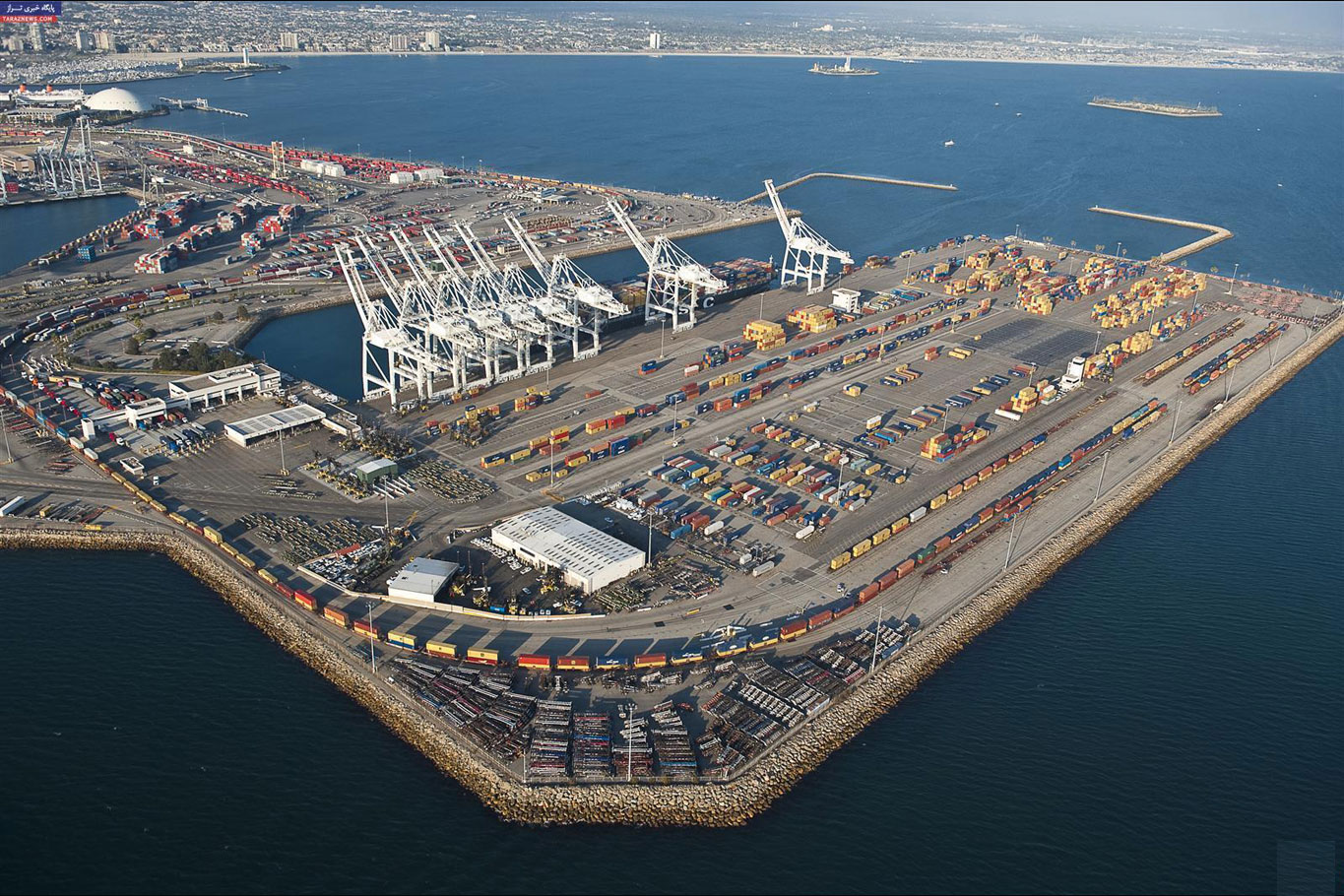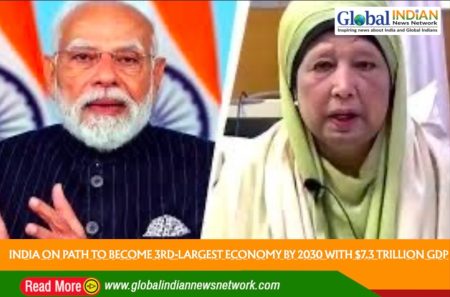 India and Iran are making rapid progress in finalizing a long-term agreement that outlines India’s investments in the strategically important Chabahar port. Following intense discussions between senior officials and diplomats from both countries earlier this month, most of the lingering issues related to the port’s development have been resolved. Although a few remaining matters still need to be addressed, it is expected that they will be resolved in the coming weeks. Indian officials plan to visit Iran in the near future with the goal of resolving these outstanding issues.
India and Iran are making rapid progress in finalizing a long-term agreement that outlines India’s investments in the strategically important Chabahar port. Following intense discussions between senior officials and diplomats from both countries earlier this month, most of the lingering issues related to the port’s development have been resolved. Although a few remaining matters still need to be addressed, it is expected that they will be resolved in the coming weeks. Indian officials plan to visit Iran in the near future with the goal of resolving these outstanding issues.
Against the backdrop of shifting geopolitical dynamics and China’s advancements, India is eager to expedite the completion of the southern Iranian port. Additionally, the port will be connected to the International North South Corridor.
According to Iranian media, talks regarding existing disputes concerning the port’s development took place between June 12 and 16, as confirmed by Ali Akbar Safaei, the head of the Iranian Ports and Maritime Organization.
Once all the issues are resolved, the long-term agreement for port development will be signed. The strategically located Chabahar port will provide Mumbai with a direct link to landlocked Central Asian countries. Its proximity to some of the world’s busiest trade routes makes it advantageous for establishing a transshipment hub.
Several issues had caused delays in the construction of the port, leading to the recent resolution efforts.
As part of the existing memorandum of understanding between Iran, India, and Afghanistan, an initial investment of $25 million has been committed to Iran for port development, according to Safaei.
Notably, in May, National Security Advisor Ajit Doval visited Tehran and met with Iranian President Ebrahim Raisi. Raisi emphasized the importance of taking India-Iran relations to a “new level,” particularly in economic and commercial engagements.
India and Iran are now revitalizing their ties after encountering some obstacles. Recently, India even transported wheat to Afghanistan through the Chabahar Port, which signifies the renewal of relations between the two countries, according to an analyst.
Furthermore, last year, the Reserve Bank of India approved the use of the rupee as a payment mode for transactions with Iran, which had been affected by sanctions. In 2019, India had halted imports from Iran due to the reimplementation of US sanctions on the oil-rich nation.
“We are looking at long-term rupee trade not only with Russia but also with Iran,” said Sanjeev Sanyal, a member of the Economic Advisory Council to the Prime Minister, in an earlier statement to India Narrative.
In the fiscal year 2018-19, bilateral trade between New Delhi and Tehran amounted to $17.03 billion. However, this figure dropped significantly to $1.9 billion in 2021-22. Both countries are now actively seeking to boost non-oil trade.












